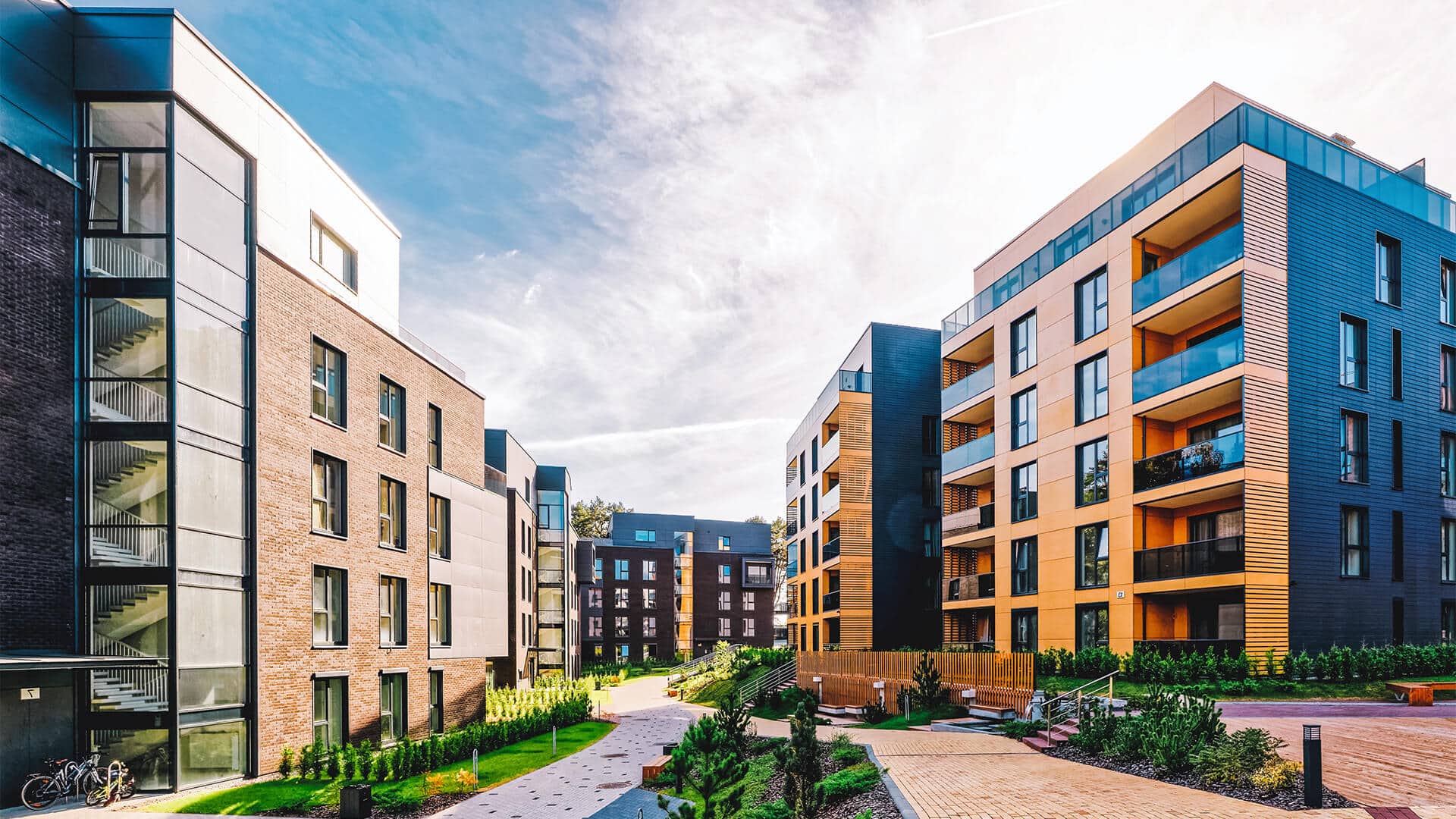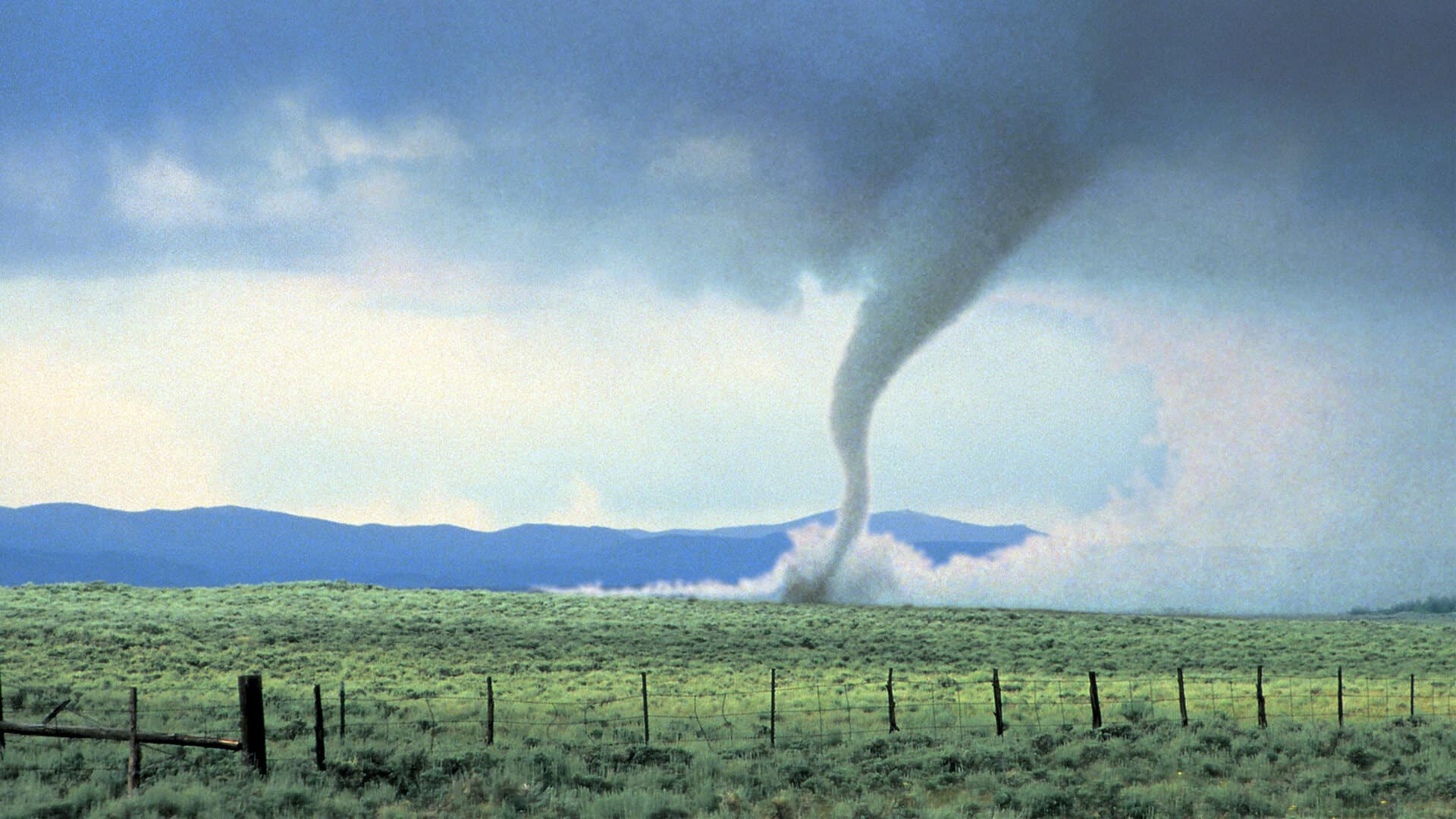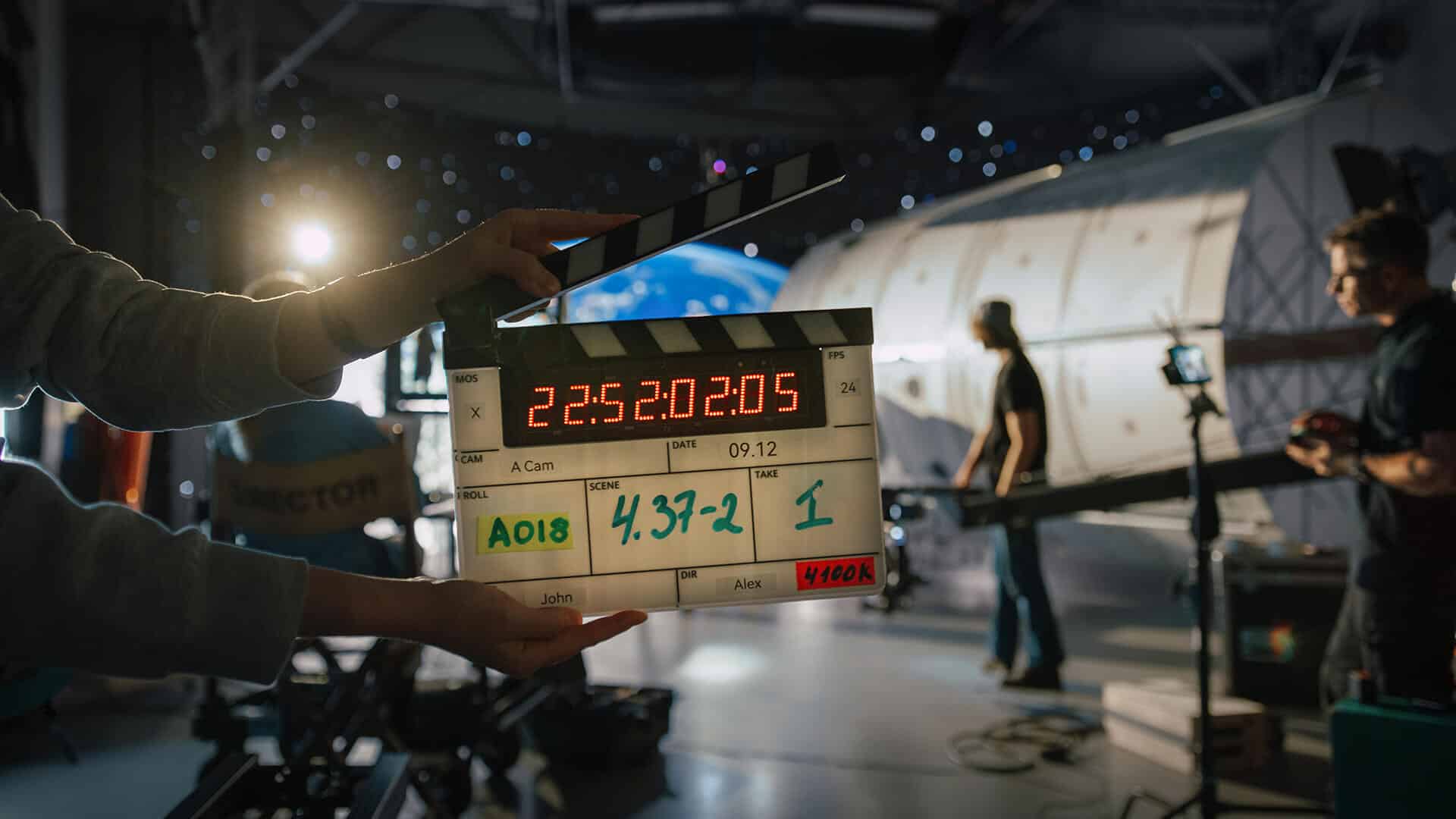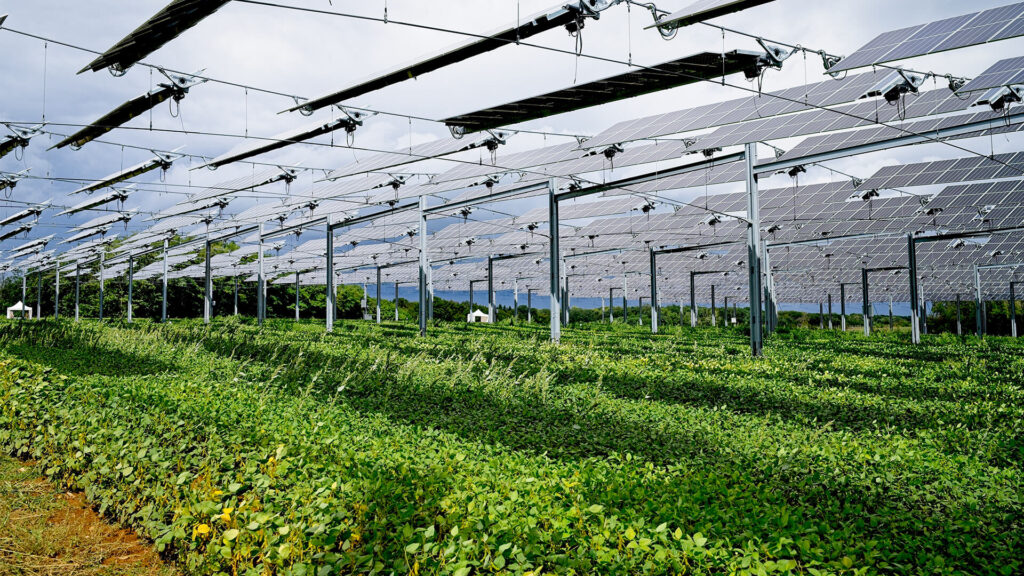In an unassuming corner of South Carolina, a team of engineers is conjuring hurricanes, hurling fire, and pelting buildings with high-speed hail—on purpose. At the Insurance Institute for Business and Home Safety (IBHS), researchers simulate natural disasters at full scale to help communities survive them.
Their lab features 105 high-powered fans capable of producing Category 3 hurricane-force winds. Rows of water cannons replicate wind-driven rain, while controlled fire tests model the growing threat of Western blazes. The goal isn’t brute force—it’s precision. IBHS recreates real-world conditions with scientific accuracy, down to the size of individual raindrops.
That realism is key. IBHS doesn’t just test construction materials; they build entire homes on a turntable in their test chamber, exposing them to simulated storms, fires, and more. This level of immersion reveals how subtle design choices—roof shape, vent placement, ember resistance—can be the difference between a home that stands and one that burns to the ground.
The stakes are rising. Nine of the ten most disaster-filled years on record occurred within the past decade. And in 2025, U.S. communities remain acutely vulnerable. Against this backdrop, IBHS is doing more than research—it’s creating a playbook for resilience.
Wildfire scientist Steve Quarles notes that “Community is only as strong as the weakest link.” Disaster safety, it turns out, is as much about equity as it is about engineering. It’s a societal imperative to ensure that all homes, not just those in affluent areas, can withstand what’s coming.
As natural disasters grow in both frequency and ferocity, IBHS offers a glimmer of something we rarely associate with catastrophe: control. By studying how destruction unfolds, IBHS is helping communities, insurers, builders, and policymakers prevent it.











